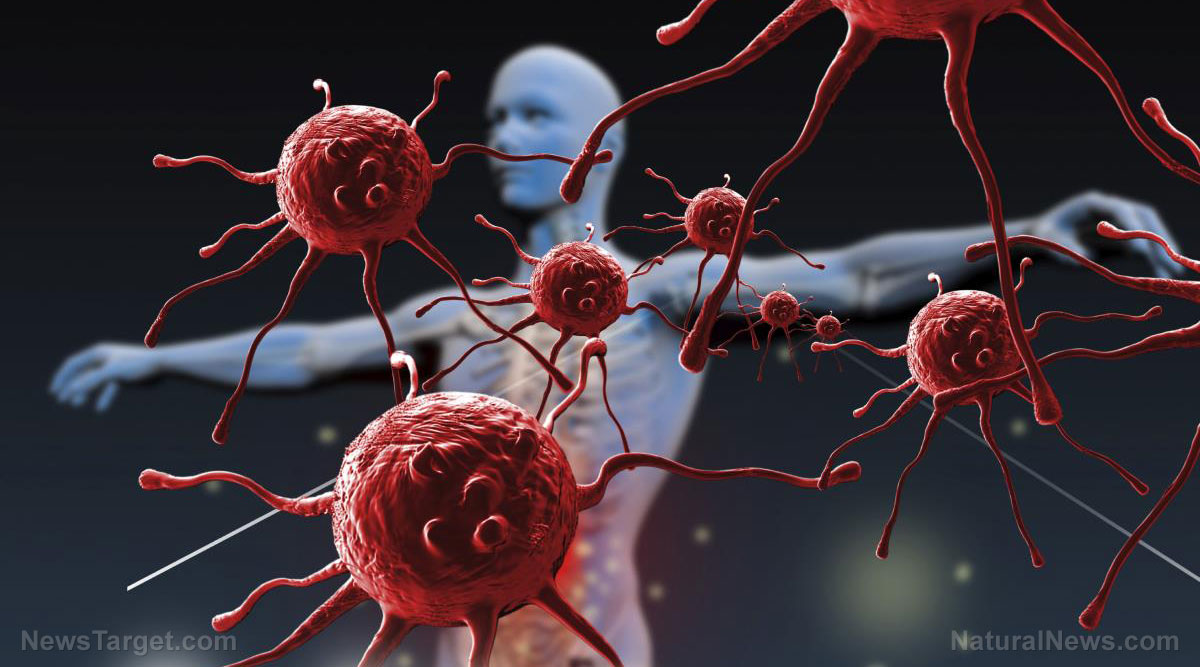
Zoonotic diseases (zoonoses for short) start out in one species before transferring to a different, often unrelated species. Ebola, HIV, and influenza are some of the most well-known examples of zoonoses that target humans.
Researchers at the University of Georgia (UGA) identified a number of animal viruses that are probably going to make the jump to humans as well. They urged public health officials and workers to keep an eye out for these potential problems, especially if they are preventable.
Furthermore, they pushed for new studies targeted at these viruses. By understanding the nature of a pathogen before it turns into a full-fledged zoonose, virologists could possibly find ways to stop a virus from turning into the next regional epidemic. (Related: How to stay ahead of the Ebola virus.)
Beware of viruses with these three deadly features
UGA professor John Drake noted that the pathogens responsible for most newly-identified human diseases came from animals. He theorized that there must be something causing these viruses to leave their carriers and move to humans.
To figure out the possible root of these transitions, his team gathered a lot of data on viruses that targeted humans. They also compiled the biological traits of those disease-causing agents and determined which characteristics were the most common among the pathogens.
"We were looking to identify the features of viruses that are associated with transmissibility between humans," said Drake's subordinate Joseph Walker, who served as the primary author of the study.
Drake and Walker found a number of traits that often appeared in the viruses that caused human diseases. Three of the most recurring characteristics are as follows:
- The virus is able to infect apes, monkeys, and primates aside from humans.
- It does not have a layer of lipids enveloping its body.
- When it appears in humans, it can be found in the central nervous system, liver, or respiratory system.
These features are shared by 84 percent of the viruses that can spread between humans. A virus with these traits can survive in various environments. Furthermore, it can evolve.
These seven animal viruses are the likeliest to infect humans in the future
From there, the UGA researchers investigated animal viruses that are currently non-transmittable to humans. They compared the traits of these microorganisms with the most common features of human disease-causing viruses.
They identified 47 potential zoonoses that could one day threaten humans. The top seven are listed below:
- Carnivore amdoparvovirus 1, which is found in mustelids, skunk, and raccoons;
- Hendra virus, borne by large fruit bats and capable of spreading to horses;
- Cardiovirus A, found in many mammals but especially prevalent in pigs;
- Rosavirus A, spread by rats through their feces;
- Human T-Cell Leukemia Virus-3 and -4, currently restricted to primates; and
- Simian Foamy virus, which is also seen in primates.
The researchers restricted themselves to the species level of a virus. They did not cover the sub-types of the pathogen, which could be more or less prone to infecting humans.
Furthermore, they noted that the model failed to include several viruses that are known to infect humans. These exceptions are found in five huge families of viruses.
"Public health workers could use our model as a tool to prioritize disease surveillance and inform their response to emerging pathogens," suggested Walker's co-author Barbara Han of the Cary Institute. "Our data-driven framework was 84 percent accurate in identifying virus species with potential for human-to-human transmission."
Sources include:
Please contact us for more information.






















